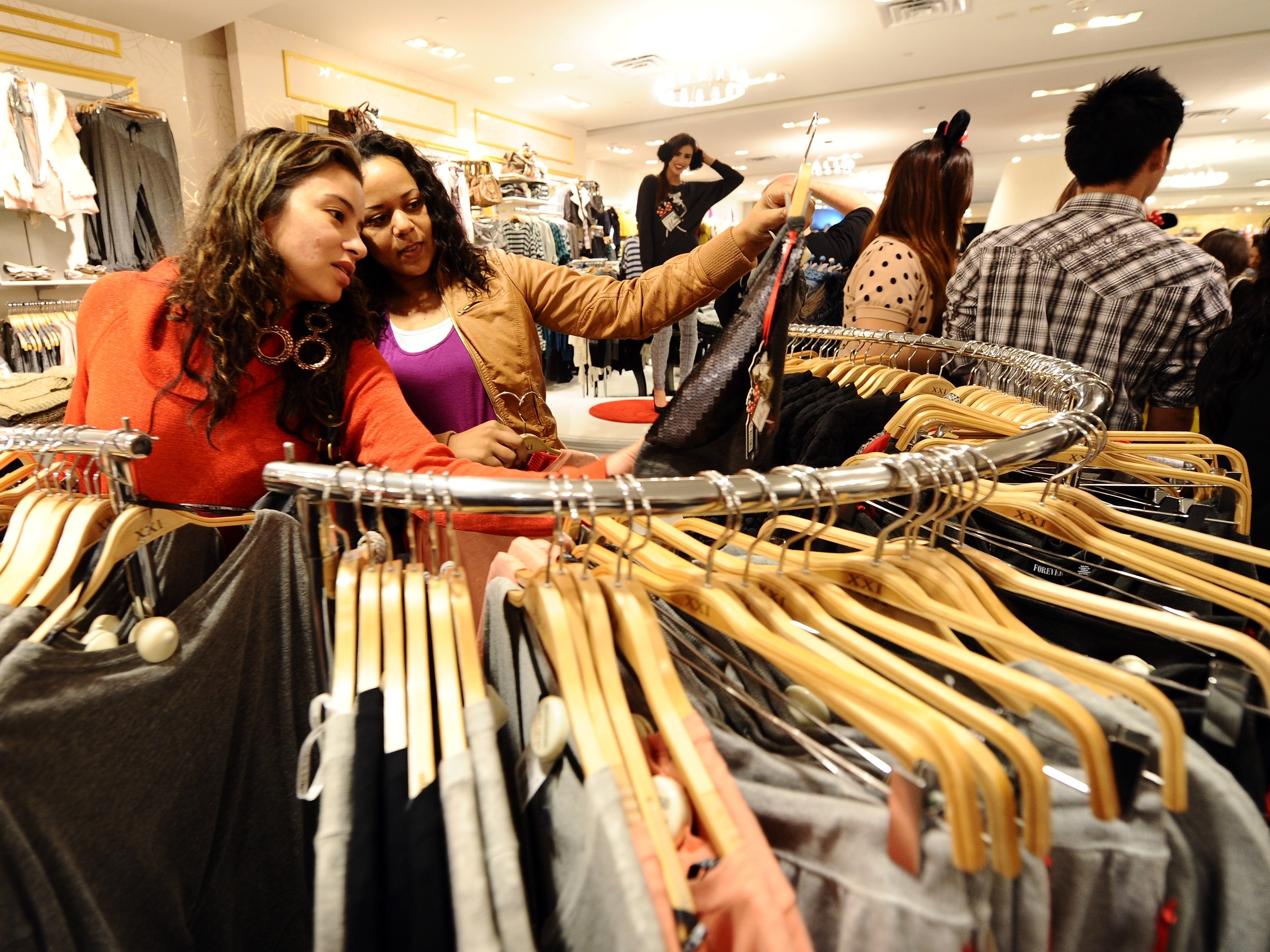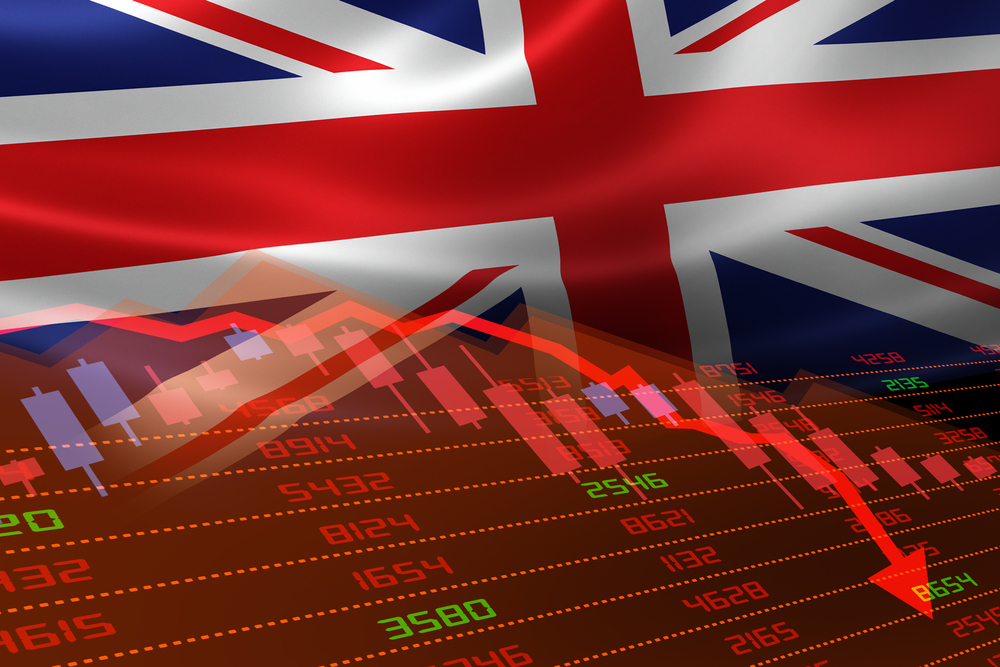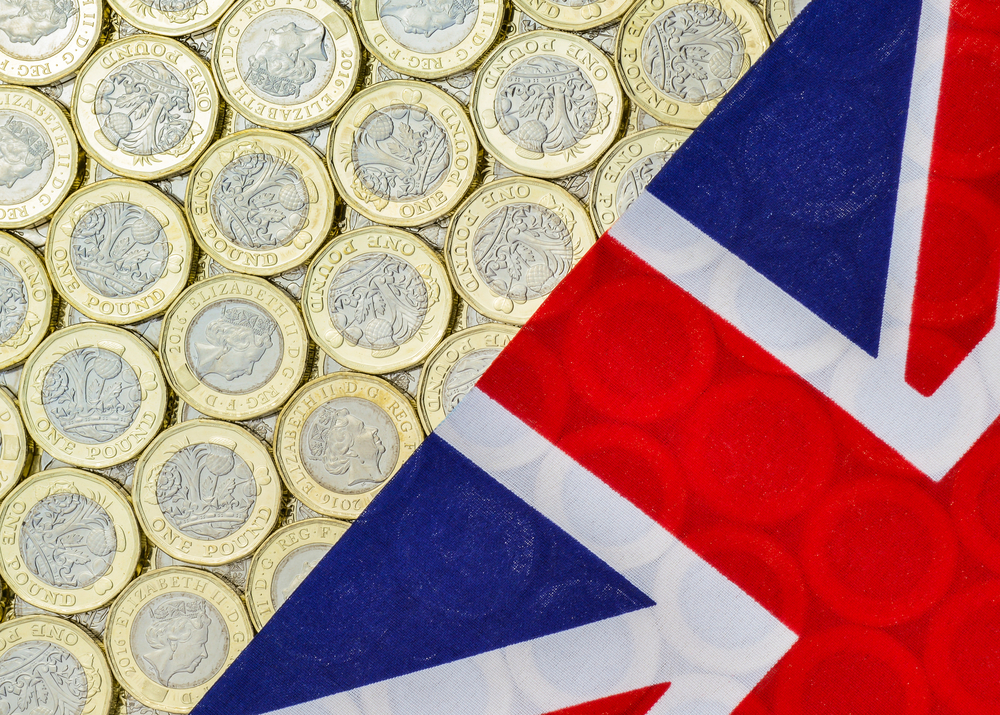Shop price inflation dropped to 1.3% in March, the lowest annual growth rate since December 2021, retail data finds.
This is lower than the three-month average rate of 2.2% for the first week of March. During that time, both food and other products’ inflation rates eased as retailers lowered prices for shoppers, according to the British Retail Consortium.
As has been the case since the turn of the year, food inflation continued to ease – decreasing from 5% in February to 3.7% a month later. This marked the tenth consecutive deceleration for that category and is below the three-month average rate of 4.8%.
Further, fresh food inflation eased to its lowest rate for almost two-and-a-half years, stooping to 2.6% from 3.4% on the month before. Food that can be stored at room temperature – known as ambient food – also slipped to 5.2%, decelerating from 7.2% the previous month.
Elsewhere, non-food inflation was its lowest since January 2022 and fell to 0.2%, a drop from 1.3% in February.
Retailers ‘worked hard’ to lower essential product prices
With widespread inflation rates dipping from supermarkets, Helen Dickinson, chief executive of the British Retail Consortium, attributed the drops to Easter’s “cracking deals on popular chocolates, which led to price falls compared to the previous month.”
Dickinson said: “Dairy prices also fell on the month as farmgate prices eased, and retailers worked hard to lower prices for many essentials. In non-food, prices of electricals, clothing and footwear fell as retailers increased promotions to entice consumer spending.”
However, the CEO warned shoppers that, due to new outgoings for retailers, the recent inflation ease might not lead to consistent price drops.
Dickinson added: “While these figures are good news for consumers, from this month, retailers face significant increased cost pressures that could put progress on bringing down inflation at risk.”
New business rates mean prices may rise
“These costs include a 6.7% business rates rise, ill-thought-out recycling proposals, and new border checks – all at the same time as the largest rise to the National Living Wage on record. The industry needs pro-growth government policy that supports investment and helps keep down prices for households up and down the country.”
Mike Watkins, head of retailer and business insight at NielsenIQ, the technology company that collects the data, said: “A year ago, food inflation was 15%, so this was to be expected. But it is also helped by intense competition amongst the supermarkets as they look to drive footfall, with focused price cuts and promotional offers earlier in the month for Mother’s Day and now again in the weeks leading up to Easter.”
For the latest deals from retailers, check YourMoney.com‘s Best of British Aisles supermarket guide.





